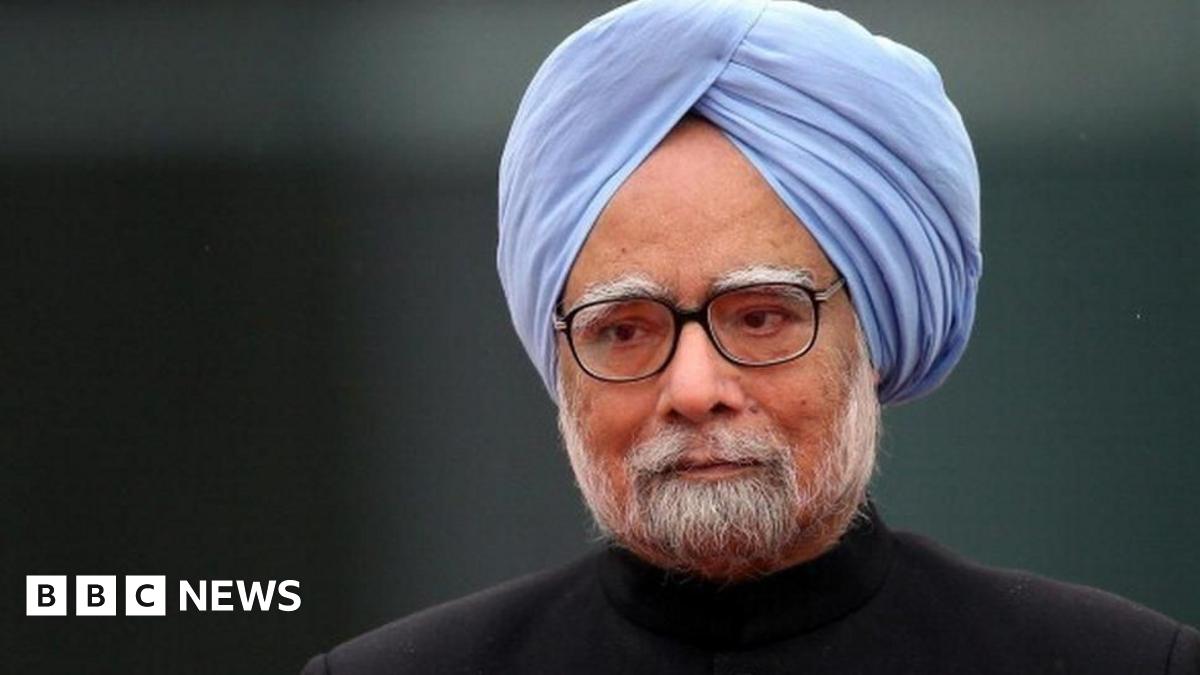CEOs today face significant challenges, including a weaker job market, geopolitical tensions, generational workforce shifts and increasing labor unrest. To navigate these complexities, people analytics is emerging as a crucial strategy.
Dani Johnson, co-founder and principal analyst at Red Thread Research, highlights these global developments as part of megatrends that can be tackled through strategic, data-driven HR leadership. “The headlines point to what CEOs are thinking about,” she says.
Speaking at isolved Connect in October, Johnson demonstrated how people analytics can empower CHROs to align with CEOs’ critical priorities, enabling their companies to innovate in the complicated business environment to come in 2025.
More with Dani Johnson: Skills development tech is going ‘next level.’ How HR can help
Recession concerns
Economic uncertainty looms large, with only 29% of CEOs expressing optimism about the global economy, according to the summer 2024 release of Fortune/Deloitte’s CEO Survey. While growth is projected for this year, economists foresee a slight economic retraction next year—EY forecasts GDP growth easing to 1.9% in 2025. This pressure compels companies to prioritize value and efficiency, which Johnson says can often lead to layoffs, reduced hiring and increased employee burnout.
Johnson recommends using people analytics to focus on core business goals and key productivity drivers to navigate this uncertainty. She says reskilling and redeploying existing employees can help mitigate workforce challenges, while low-cost initiatives like flexible work arrangements and wellness programs offer high returns on investment.
This can be highly “sector dependent,” says Johnson, so organizations will need to leverage people analytics to gain an understanding of their own data as it relates to the bigger economic picture.
War and unrest
Global conflicts and domestic tensions, including the ongoing crises in Ukraine and the Middle East, are affecting business functions and stakeholder relationships, says Johnson.
According to the Fortune/Deloitte CEO Survey (summer 2024 edition), geopolitical instability is the top external disruptor for 60% of surveyed chief executives. Inflation concerns also increased, rising from 27% to 45% in the most recent edition.

Johnson emphasizes the importance of using people analytics to create contingency plans that are “designed for disruption,” increasing employee support during crises and adapting wellness programs to meet current needs. “Monitor wellness programs for effectiveness,” says Johnson. She says that while many organizations have wellness programs in place, some of them aren’t that effective. Johnson recommends applying analytics to see if there are areas for improvement. Providing resources to help employees manage non-work-related stressors is also essential for maintaining a productive and resilient workforce, according to Johnson.
Power struggles
Several workplace topics have escalated a disconnect between executives and employees, says Johnson, including the debate over hybrid work and DEI initiatives. According to the National Labor Relations Board, unfair labor practice charges have risen by 10% since 2023, signaling a growing level of mistrust between organizations and their workforces. Johnson says that these power struggles impact productivity and that HR is “stuck in the middle.”
How and where to return to work after pandemic-era changes seems to generate a revolving door of headlines. According to global talent firm Robert Half’s Demand for Skilled Talent report, 37% of U.S. job seekers are interested in a fully remote position, while 60% would like a hybrid role. However, Johnson says that fewer than 40% of executives think a hybrid arrangement is preferable to employees.
Meanwhile, debates over DEI efforts have intensified following the Supreme Court’s 2023 decision to strike down affirmative action programs at universities—a ruling that some believe could impact employment practices. Despite this, the summer 2024 Fortune/Deloitte CEO Survey reports that 40% of CEOs are incorporating DEI into their strategic priorities. “Leaders feel pressured to take a stand,” says Johnson.
To address these tensions, Johnson advises leveraging people analytics to identify and prioritize key trust concerns. She recommends engaging employees and leaders in co-creating solutions that foster collaboration while re-examining data around DEI initiatives to ensure they align with workforce needs and organizational goals.
AI fears and opportunities
Artificial intelligence adoption is accelerating, with nearly three-fourths of companies using AI in at least one business function, according to McKinsey’s 2024 report on AI adoption. With new products and use cases entering HR tech and other enterprise software, this number is likely to continue climbing.
Despite this growth, 62% of respondents rate their organization’s AI training programs as average to poor, according to a September 2024 report from Skillsoft. Additionally, SHRM research found that while 92% of HR leaders recognize the importance of ethics in AI adoption, only 37% are actively involved in discussions at the highest levels of their organizations. This gap leaves critical decisions about HR leadership, job structures and employee development unaddressed.
To bridge this gap, Johnson says, CHROs must actively participate in AI decision-making and invest in training to prepare employees for AI integration. She emphasizes that accurate people analytics data is essential to maximize AI’s potential while ensuring that AI initiatives align with broader organizational strategies.
Involving people analytics at the highest levels is key to maintaining quality data for AI, says Johnson. Organizations must build strong data systems, driven by people analytics, to ensure AI provides reliable workforce insights.
Generational shifts
Generational dynamics are reshaping the workforce, says Johnson. As Gen Z surpasses Baby Boomers in workforce representation, according to the U.S. Department of Labor, organizations face new challenges related to diversity, digital fluency and values alignment. Meanwhile, as Baby Boomers retire, there is a growing need to retain institutional knowledge and address differing expectations around issues like retirement savings and ESG (environmental, social and governance) credentials, says Johnson.
Johnson recommends leveraging people analytics to understand generational differences and providing managers with training and tools to promote knowledge transfer. HR can then create opportunities aligned with cross-generational employee values, such as job rotations and flexible work arrangements. “Use the data you have to foster collaboration and communication,” says Johnson.
Credit: Source link











